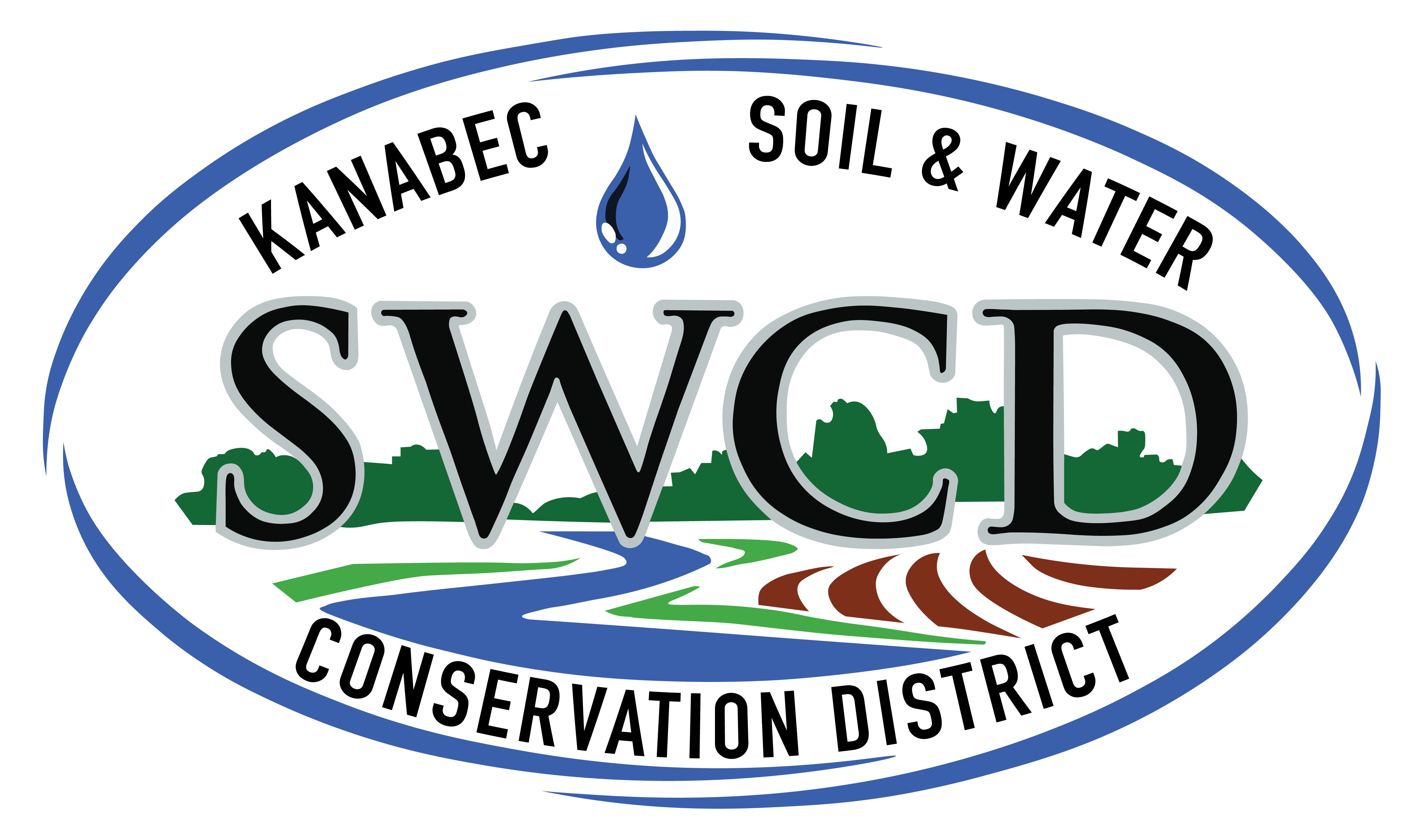Property Tax Relief for Woodland Owners
The Minnesota State Legislature created the Sustainable Forest Incentive Act (SFIA) and the Managed Forest Land Classification (Class 2c) to reduce ownership costs on sustainably managed forest land. Compare property tax relief programs below.
Key elements of SFIA and Class 2c:
| SFIA | Class 2c |
|---|---|
| 20 acre minimum | 20 acre minimum |
| No maximum acreage enrolled | 1,920 acre maximum enrolled |
| Public access required if greater than 1,920 acres enrolled | Public access not required |
| Exclude 3-acre minimum for building | Exclude 10-acre minimum for building |
| 8-year minimum enrollment; 4 years to end agreement | 1 year minimum enrollment |
| Pay usual property tax. Get $7.00/acre/year minimum incentive payment ($8.61 average payment in 2008) | Pay 0.65% Property Tax Class Rate |
| Property tax qualifies for itemized deduction on federal income tax return, but SFIA payment is taxable income | Property tax qualifies for itemized deduction on federal income tax return |

Both options require a Forest Stewardship Plan written and updated every 10 years. These are long-term plans designed to achieve the landowner’s forestry goals—whether income or recreation—while maintaining the sustainability of the land. Kanabec SWCD can help you get an eligible plan in place for your land.
Enrollment:
SFIA: Apply by September 30 to receive a payment the following year. Once enrolled the Minnesota Department of Revenue sends out letters July 1 – return this letter by August 15 certifying that you are following the SFIA requirements of your Forestry Stewardship Plan. Payment made by October 1.
2c: Applications must be made to the County Assessor by May 1 to qualify for Class 2c to reduce property taxes payable in the following year.
(April 2016. Credit: Mel Baughman, University of Minnesota)

